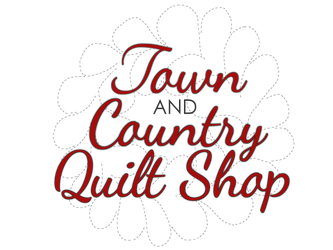(585) 455-0760
Thing #5: Some thoughts on Backing…
Over the past ten plus years of quilting professionally, I have seen a wide variety of choices of backing fabrics for quilts. Backing fabric selection seems to have a wide spectrum of opinions on importance. Some quilt-makers would argue that you should spend a proportionate amount of time and money on the backing of the quilt as you do on the top, others would say, “just use anything…no one sees the back anyway!”
Since I opened my business, I have kept a bolt of 108″ wide natural muslin as an option for clients to purchase for the backs of their quilts. Traditionally muslin has been a popular choice for backing fabric. Even a high quality muslin fabric is less expensive than it’s printed fabric counterpart, and some quilt admirers prefer to be able to see the quilting stitches on the back, which muslin lends itself to.
Some clients prefer to coordinate their backing fabric with the fabrics they have used on the top of the quilt. This is a common choice for bed quilts since often the backing is seen while using the quilts, and can even lend some interest by being exposed when the bed is made. In this case, it is somewhat convenient to purchase all the fabrics that will be needed for the quilt’s top and backing at the same time…this way, you can prevent some searching for just the right fabric after the quilt top is complete…which if you’re anything like me could be years later!
Another popular choice is to purchase a neutral extra wide (depending on the size of the quilt of course) backing fabric. This is a time saver in that you don’t have to piece the backing fabric. There are many prints available at local quilt shops, and the quality of the fabric is usually the same as premium cotton quilting fabric. I am a fan of this approach. The lack of seams makes it easier to load smoothly on the take up leader.
Once in a while, a quilt-maker will take the time to piece his or her backing fabric either using left-over blocks from the top, or an assortment of fabrics that coordinate with it. I like this creative approach, even though it takes a bit more time to execute.
From my point of view, there are a few variables that affect my preference for backing fabric. One important factor is quilting thread color. My personal preference is that the quilting design should enhance the overall impression of the quilt. In most cases, this would mean that the quilting lines blend in, and it is the relief of the quilting itself that adds to the quilt rather than “stealing the show.” In order to achieve this, a busy back or one on which the quilting thread would blend in is a good option. This may be a little bit of insecurity on my part…I would rather not have every stitch open to scrutiny. There are also times when a little contrast on the back can create a stunning effect, and added impact:
Another variable is quality of fabric. I have found over the years, that the quality of the fabric on the quilt has an influence on how well the machine stitches. I’m not sure why, but at times when there is a low quality fabric used for the backing of a quilt, there is an increase in frequency of broken thread and sometimes skipped stitches. I think it’s worth mentioning also, that if you are going to spend the money on high quality fabric for the top, it makes sense to back the quilt with a fabric that will wear, wash, and decay at the same rate on the back. One approach I don’t prefer, is purchasing sheets for backing quilts. They may seem to be the right size, but the fabric is not the ideal weight or weave for this application.
What’s your favorite approach to choosing backing fabric? Have you tried any creative techniques you’d like to share?

